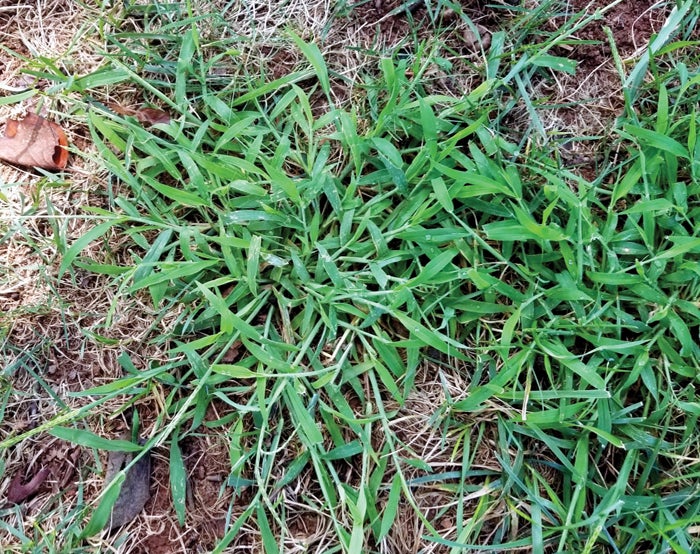Darrell Blackwelder column: Applying fertilizer with a preemergence herbicide
Published 12:00 am Saturday, February 12, 2022

- Crabgrass and other weed seeds germinate when soil temperatures reach 50 degrees.
I often enjoy a lawncare question-and-answer session before church service Sunday mornings. The latest question was, “Is it too early to apply fertilizer with a preemergence herbicide?” Controlling a variety of weeds is complex and depends on a number of factors. To effectively control unwanted plants (weeds) one must consider three important factors: the type of weed, how it grows and the location of the weed. Utilizing this information helps determine which herbicide has the best results.
Preemergence herbicides form a barrier that prevents weed seeds from growing through the soil to the surface. It’s too late to use a preemergence on winter weeds such as chickweed and henbit. Unfortunately, these germinated in the fall. However, those interested in stopping crabgrass and other spring and summer lawn weeds should apply a preemergence herbicide application now to the end of March. Crabgrass, goosegrass and other weed seeds germinate when soil temperatures reach 50 degrees. One of the best signs to determine if the soil is warming to accelerate germination is observing when forsythias bloom. Preemergence herbicides are often sold as blends with turf fertilizer for spring applications. February and March are the best times to apply preemergence herbicides for early summer weeds. Herbicides are generally affective for 2-4 months. So, midsummer weeds will reappear. But, a second application in May and June helps maintain control of these weeds throughout the summer.
Darrell Blackwelder is the retired horticulture agent and director with the North Carolina Cooperative Extension Service in Rowan County. Contact him at deblackw@ncsu.edu.



